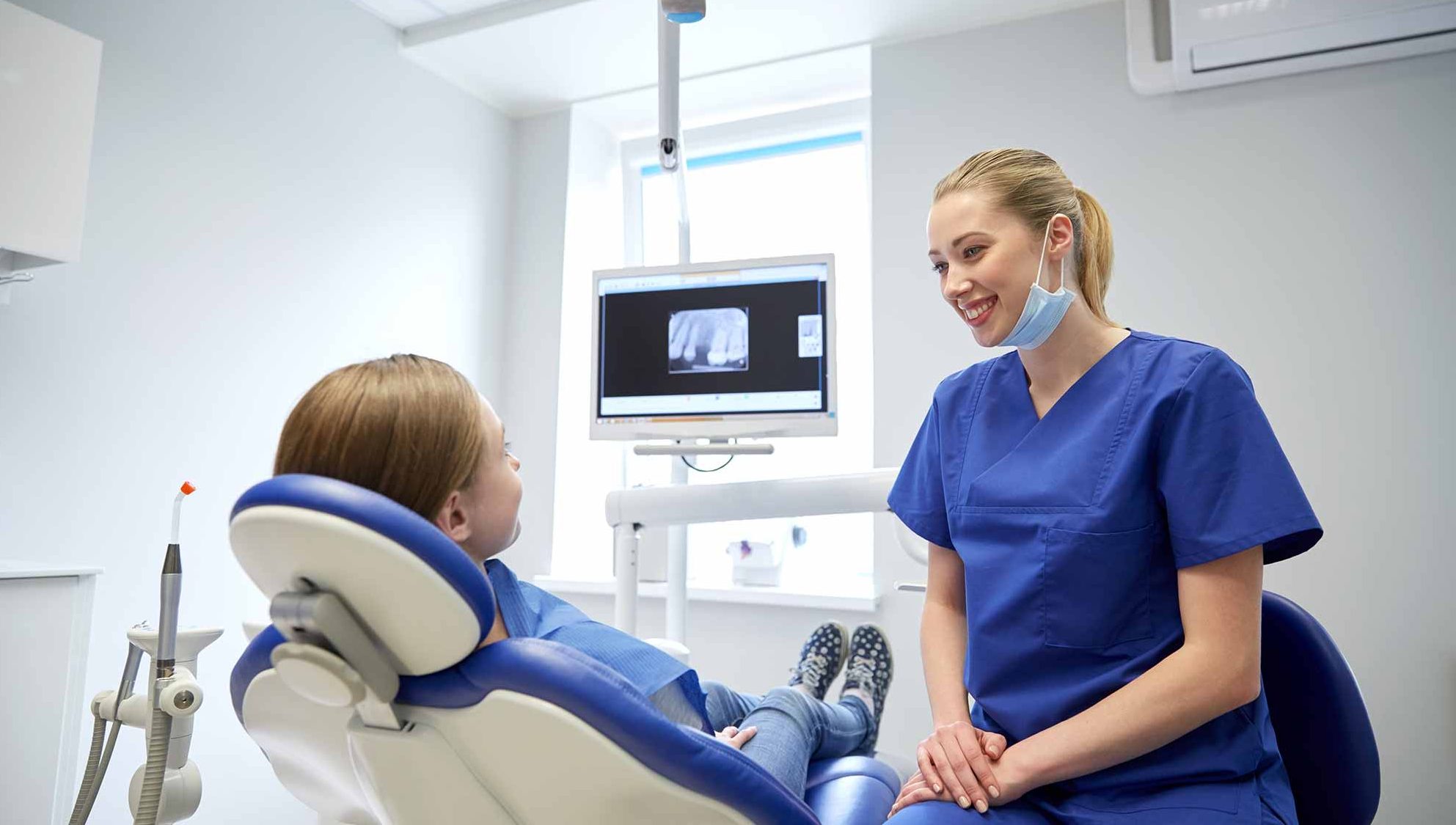 Sally Dye looks at the best ways of evaluating and communicating with your patients as an orthodontic therapist.
Sally Dye looks at the best ways of evaluating and communicating with your patients as an orthodontic therapist.
Many valued philosophies strive to calculate an individual’s behaviour based on people’s lifestyle and character. This accounts for the manner that we receive and perceive communication.
Let us consider four types of communication – verbal, non-verbal, written and visual. To achieve a successful dispatch, an orthodontic therapist requires self assurance.
The English Oxford living dictionaries define the term ‘communication’ as: ‘The imparting or exchanging of information by speaking, writing, or using some other medium’. Also ‘The successful conveying or sharing of ideas and feeling’.
In essence communication should be a two-way process free from barriers. A recipient should interpret the message the same way.
Orthodontic therapists and indeed all dental professionals, must work to recognise that individuals and patients will have their own personal trend and preference for communicating and interacting, whilst remaining mindful at all times of principle two of the GDC Standards ‘Communicate effectively with patients’. The patient’s personality, culture and previous experiences further executes this communication.
It’s positively effortless to recite communication theories and principles in a relaxed and stress-free environment. Say with family and friends, or colleagues outside of work. However, these tranquil conditions seldom present in an orthodontic treatment room even with the best planned clinical diary.
Patients may feel vulnerable or anxious. The wait may irritate them. They simply may have had a bad start to their day that has not worn off by the time they meet us.
This will influence the way they behave and communicate with us. We must draw on our communication skills to show empathy and work to achieve effective communication on their level.
The right wavelength
I have now been an orthodontic therapist for over 10 years. Although it is rarely entirely predictable how patients will communicate, it is often foreseeable how a patient will respond to me. There will usually be some notable trends in their behaviour.
In my opinion, it is virtually unachievable to pitch the communication correctly every single time. But, with time comes experience. One learns to recognise the signs that will allow conversation with a patient on the correct wavelength.
Alessandro and O’Connor (1998) claim that the platinum rule of communication is an extension or progression of the well-known golden rule of communication. These two authors debate that we should not so much engage in treating others as we would wish to be treated (golden rule) – but to implement the fundamental issue of the platinum rule which is ‘to treat others as they are expecting to be treated’.
This theory may well stretch the success of the open-ended questions approach. If you are already managing a known tense situation with an opening question that requires more than a one-worded response! It is vital to observe the mannerisms and actions of the patient and to heed the overall situation.
Four styles
Alessandro and Connor’s research identifies four communicating styles: directors, socialisers, relators and thinkers. Learning to identify these communication traits will pay dividends for therapists striving to find common ground with their patients upon which to build a positive communication platform.
- Directors: these people like to be in control and get things done. They are time sensitive so avoid keeping them waiting!
- Socialisers: like being the centre of attention and they love to chat. They present with a warm and friendly personality and thrive on the personal touch
- Relators: are slow to warm up but then are fiercely loyal. They are relaxed and do not want to be rushed
- Thinkers: these are the analytical type. They enjoy precision and information presented to them in detail.
If we were to be honest we could probably identify all these styles within ourselves. Indeed Alessandro does acknowledge this very fact in his book and states that we will have a primary communication style preference. Being honest with myself I can allude to the ‘director’ style of communication and colleagues who know me well are likely to second this! However, I have learnt to identify that the direct approach will frankly not suit everyone and my experiences in communicating with patients and students have helped me to recognise individual’s communicating preferences and be more sympathetic to this.
A rewarding clinical day
With a lot of time and practise and accepting that on occasions you may have misinterpreted the communicating style that your patient prefers, or not adopted the correct body language or other non-verbal stances, and further recognising that out of the 20-30 patients scheduled to see you every day, you just may not hit the communication jackpot every time.
In conclusion, when an orthodontic therapist can recognise an individual’s personal style of communication and interaction, has considered the character and lifestyle of this person and assessed their current state of mind, they are able to adopt the correct approach so that empathy and confidence can grow and a rewarding clinical day will ensue!
References
Alessandro T and O’Connor MJ (1998) The platinum rule: discover the four basic business personalities and how they can lead you to success Warner Books.
Six key steps to up your case acceptance rate for orthodontic treatment may interest you next.


